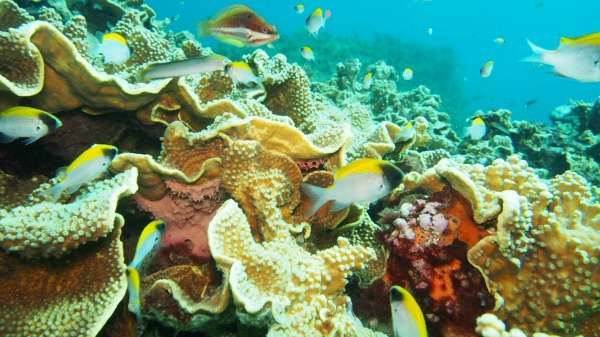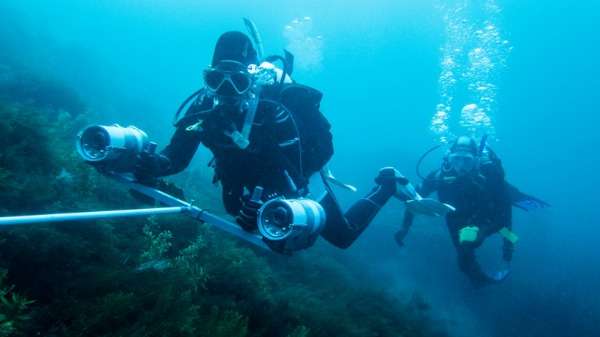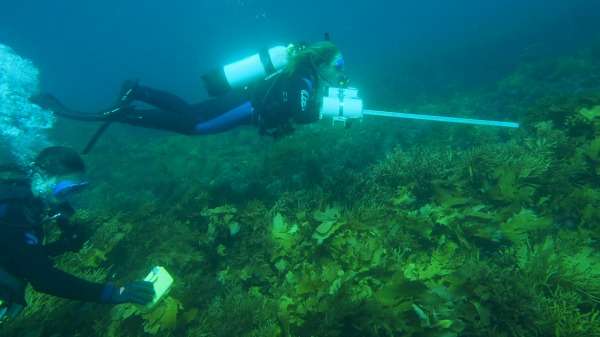Albany's citizen scientists aid fish surveys

A community marine monitoring project is using underwater video technology to survey fish species on shallow reef systems off Albany.
South Coast Natural Resource Management's Diver Operated Video Stereo project involves volunteer scuba divers using technology developed by Curtin University Marine Science Professor Euan Harvey.
The technology is designed to record the length and abundance of fish populations at 16 sites across four areas between Torbay and Two Peoples Bay.
Thirty citizen scientist divers from SCNRM, Curtin, South Coast Dive Supplies, as well as 15 Great Southern Grammar students, are surveying fish to gain a snapshot of species distribution, age and population.
Since the project's launch last May, divers have logged 108 hours of footage, captured by swimming transects holding a bar with two video cameras mounted on it.
The footage is then downloaded onto Event Measure computer software, which enables participants to identify species, measure individual fish lengths and count total populations.
A dive in late March involved three Curtin University divers and six community volunteers who surveyed Two Peoples Bay.
South Coast NRM southern shores coastal project officer Brett Dal Pozzo says the DOVS project follows a successful two-year trial run over 2013-14, which tallied 20,086 fish across 71 species.

"We really wanted to get some community marine monitoring happening, but it has always been difficult and expensive to do and considered beyond the scope of a community science-based project," he says.
"The need and want was always there so it is really a technological advancement that has allowed the community to get involved."
The pilot program received a $25,658 Planning WA Coastwest grant in November to transition to an annual survey.
Mr Dal Pozzo says the Department of Fisheries has also been using baited cameras positioned off the back of boats to attract and record fish, which Curtin University were assessing as a way to reduce the amount of resources needed for future annual fish surveys.

He says it is too early to discuss the survey's findings, but towards the end of the year researchers would be analysing the results and trends in the data.
"There is quite a bit of public interest in what we are doing, in terms of what fish are out there and what changes are occurring over time," he says.
"Curtin University will produce an annual report and present it to the community, to give those involved with the project and the general community feedback."
Provided by Science Network WA



















